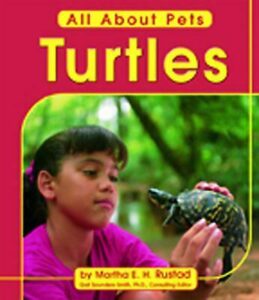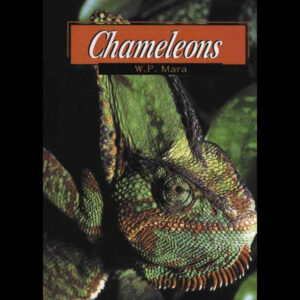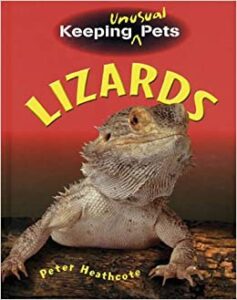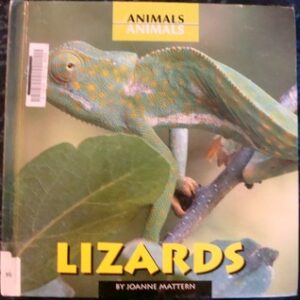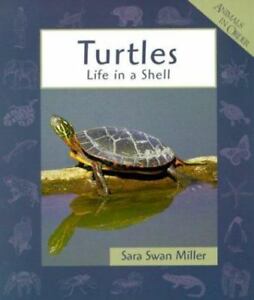LIBRARY BLOG
Top Five Reptile Pets
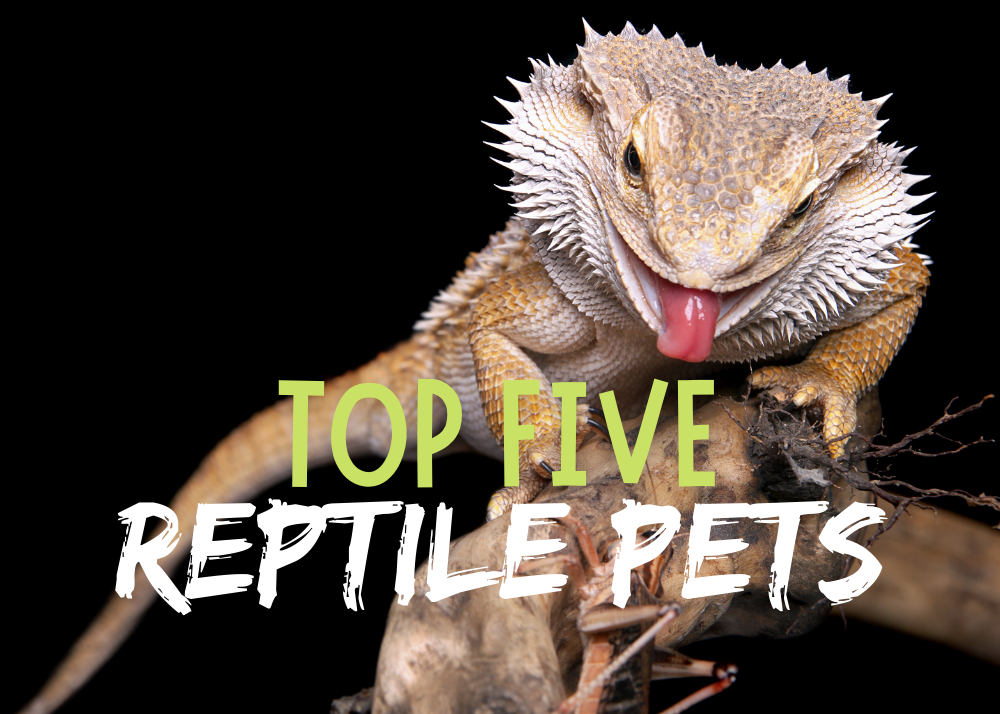
Over 4 million households in America have at least one pet reptile. According to pawtracks.com these are some of the top reptiles kept as human companions. Pawtracks is a credible source for pet parents ranging from dogs and cats to reptiles, birds, and fish. If you are feeling compelled to make a reptilian addition to your family consider consulting more sources to find the right match for you and your family.

Bearded Dragon
The bearded dragon is one of the most popular pets in the reptile world. Known for its ability to flare out the skin in its throat region is what gives this lizard species its name. Typically, this flaring only occurs as a defense mechanism when the lizard is threatened or territorial. As a human pet the bearded dragon is more docile than most other lizard species, but they do require a bit of room to move and walk around. Growing to approximately 2 feet in length will require a 55–60-gallon terrarium for housing.

African Sulcata Tortoise
The sulcata tortoise, also known as the African spurred tortoise, is the 3rd largest tortoise in the world. These guys can grow anywhere from 70 to 120 pounds and live for longer than 100 years. While those are all very big numbers, these tortoises can make great pets—if you have all the right tools. The most important thing you’ll need is an enclosed outdoor area with ample space for roaming and lots of grass for your tortoise to eat. Grass is this tortoises’ main source of food along with several other types of leafy greens. Importantly, fruit should only make up about 10% of the diet due to the high sugar content. Lastly, always be sure to have fresh water accessible and like all reptiles provide them a warm, dry space for winter.

Ball Python
The ball python is a snake named for its habit of curling itself into a tight ball at the first sign of any danger. Fear not, this python is not capable of harming humans. In fact, this snake makes this list because of its docile temperament. They grow anywhere from two to five feet and they remain fairly easy to handle, making this a great pet for a first-time snake owner. If you’re ready to add a ball python to your family, get ready! This reptile can live 20-30 years, while some are known to have lived for 50 years in captivity. An adult ball python will require at least a 30-gallon tank that remains heated between 88 to 90 degrees warm. You’ll be feeding this reptile one small to medium mouse every five to seven days.

Red-Eared Slider
These quarter-size turtles may be quite tiny in the beginning but an adult red-eared slider will require a 100-gallon tank with special reptile lighting. Water quality is very important for these turtles—the tank should be cleaned regularly. Thought your tank will have a filtration system, the water must be changed frequently to keep your turtle healthy. To make the cleaning process easier try to feed your turtle in a separate smaller area, if possible. Named for the red marking on either side of the head, the red-eared slider is a pet that will live for decades, approximately 20-30 years. These turtles are very active during the day and maintain a simple diet.

Chameleon
Chameleons are one of the most interesting reptiles in the world because of their unique quirks. Chameleons can move each of their two eyes independently of each other, their toes are grouped in opposition to each other, and of course, they are able to change colors based on their emotions or health. However, these animals can become quite stressed and can suffer from a list of possible health threats. Depending on the species, a chameleon in captivity can live anywhere from three to eight years. These guys are very fragile and require very specific housing. Their enclosure must be tall, giving them a high vantage point, and filled with branches and plants to provide dense foliage for hiding and exploring. Additionally, a UVA/UVB light source is required as well as thermometers and humidity gauges to monitor the enclosure. Finally, your chameleon will need a source of running water within his enclosure, either a mister or drip system would be best, this helps to keep the air humidified. These reptiles are easily stressed, so be cautious; spend time observing rather than cuddling your chameleon.
When choosing a pet to add to your family its always best to do as much research on what that particular pet will require as it grows. This way you can be prepared beforehand and have plans in place for when the inevitable happens. Because every pet, whether reptile, mammal, fish, or bird has its own unique quirks. It’s your job as the owner to know as much as you can about your particular pet’s needs to not only live but thrive.
Sources (also available to be checked out at TPL)
-Emily Duplantis, Youth Services Clerk

